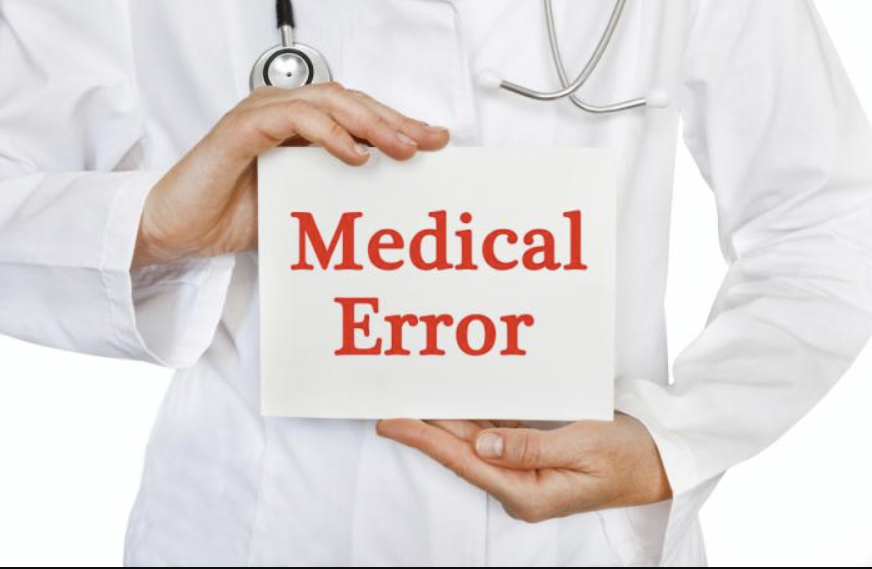
Opinion: The Tragic Misconception: A Little Girl’s Death and the Hidden Crisis of Medical Malpractice
In a heartbreaking story that has captured attention and sparked debate, the death of a little girl has been wrongly attributed to measles—a narrative that obscures a far more troubling reality. This child did not succumb to a preventable infectious disease, as some might assume, but rather to a devastating case of medical malpractice. Her story shines a light on a silent epidemic in the United States, where medical errors rank as the third leading cause of death, claiming countless lives each year.
A Case Misunderstood
The details of this young girl’s case remain a poignant reminder of how quickly assumptions can cloud the truth. Initial reports may have pointed to measles, a disease that has seen a resurgence in recent years due to vaccine hesitancy. However, a closer look reveals that her death was not the result of a viral infection but of errors made by the very professionals entrusted with her care. Whether it was a misdiagnosis, a medication error, or a failure to act swiftly, the outcome was the same: a life lost not to nature’s cruelty, but to human fallibility.
This is not an isolated tragedy. Stories like hers unfold every day across the country, often buried beneath headlines that focus on more sensational causes of death. Yet, the scale of this issue demands our attention.
Medical Malpractice: A National Crisis
According to research from Johns Hopkins University, medical errors claim the lives of more than 250,000 Americans annually, making them the third leading cause of death in the United States, behind only heart disease and cancer. This staggering figure encompasses a wide range of mistakes: surgical mishaps, incorrect prescriptions, diagnostic oversights, and inadequate follow-up care. Unlike infectious diseases or chronic conditions, these deaths are preventable—rooted not in biology but in systemic failures and human error.
The little girl’s story fits into this grim statistic. While measles can indeed be deadly, particularly in unvaccinated populations, her case underscores a critical distinction: the disease did not take her life—negligence did. This is not to downplay the importance of vaccination or public health measures, but to highlight a parallel crisis that too often escapes scrutiny.
Why the Truth Matters
When deaths like this are misattributed—whether to measles, another illness, or simply fate—it shields a broken system from accountability. Families are left grieving without answers, and the public remains unaware of the pervasive risks lurking within healthcare. Medical malpractice doesn’t just kill; it erodes trust in a system that millions rely on daily.
The consequences ripple further. Misinformation about the cause of death can fuel unnecessary panic, as in the case of infectious diseases, or divert resources away from addressing the root causes of these tragedies. If we blame measles instead of malpractice, we might push for vaccination campaigns while ignoring the urgent need for better training, oversight, and accountability in medicine.
A Call for Awareness and Action
This little girl’s death should not be reduced to a footnote or a misdiagnosis—neither in her medical chart nor in the public consciousness. It’s a call to confront the uncomfortable reality of medical malpractice and its place as a leading killer in America. Families deserve transparency, and patients deserve a system that prioritizes safety over silence.
To honor her memory, we must demand change: stricter standards for healthcare providers, improved reporting of errors, and a culture that encourages accountability rather than defensiveness. The third leading cause of death in the United States isn’t a virus or a chronic condition—it’s a failure we can fix, if only we choose to face it.
In the end, this little girl did not die from measles. She died because the system meant to save her failed. How many more must suffer the same fate before we act?



